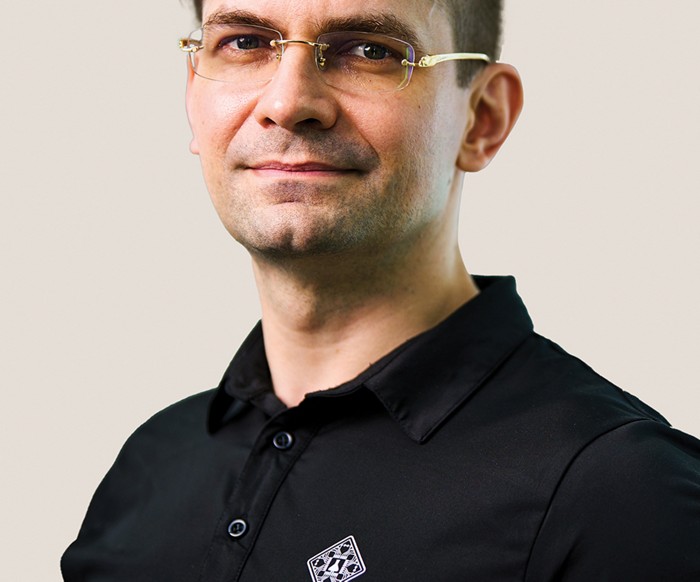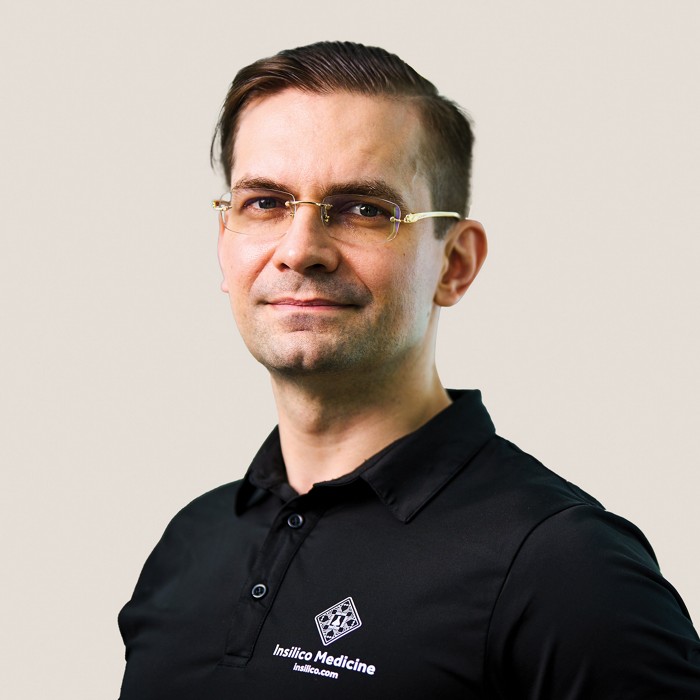Advertisement
Grab your lab coat. Let's get started
Welcome!
Welcome!
Create an account below to get 6 C&EN articles per month, receive newsletters and more - all free.
It seems this is your first time logging in online. Please enter the following information to continue.
As an ACS member you automatically get access to this site. All we need is few more details to create your reading experience.
Not you? Sign in with a different account.
Not you? Sign in with a different account.
ERROR 1
ERROR 1
ERROR 2
ERROR 2
ERROR 2
ERROR 2
ERROR 2
Password and Confirm password must match.
If you have an ACS member number, please enter it here so we can link this account to your membership. (optional)
ERROR 2
ACS values your privacy. By submitting your information, you are gaining access to C&EN and subscribing to our weekly newsletter. We use the information you provide to make your reading experience better, and we will never sell your data to third party members.
Computational Chemistry
The rules of the road for ions
Understanding ions’ traffic patterns may help scientists design better energy storage materials
by Fionna Samuels
June 3, 2024
| A version of this story appeared in
Volume 102, Issue 17

For the past 5 years, chemical engineer Ankur Gupta of the University of Colorado Boulder has wondered what rules govern the diffusion of ions through the winding nanoscale tunnels within a supercapacitor. Each twist and turn changes how the capacitor charges and discharges. Understanding how these features influence ions’ behavior could allow scientists to fabricate next-generation energy storage devices with use-specific properties.
Now Gupta and his team have derived the mathematical rules of the road for ions traveling through these long pores and, he says, brought scientists one step closer to realizing supercapacitors’ full potential (Proc. Natl. Acad. Sci. U.S.A. 2024, 10.1073/pnas.2401656121).
The team was surprised to realize that the math governing ion movement mirrors the equations governing electrical circuits, known as Kirchhoff’s laws. These laws are usually used to calculate electric potentials and predict electrons’ movement through circuits. But when ions replace electrons in the mathematical functions, “you change that electrical potential into an effective electrochemical potential,” Gupta says. With that simple tweak, the laws can predict ions’ movement.
Although Gupta’s model can take the geometric complexity of real materials into account, it cannot predict how specific ions’ chemical properties will affect diffusion. “The sizes of cations and anions can impact kinetics,” physical chemist Yat Li writes in an email. His research at the University of California, Santa Cruz, focuses on designing functional materials like supercapacitors. The model “holds promise for guiding next-generation 3D structural designs aimed at high-energy and power-density energy storage,” he writes, but it will not be fully predictive until it considers the electrolyte in conjunction with pore geometry.
Gupta is well aware of this limitation and says his group is working to incorporate ions’ chemical properties into the model. Despite this, he says he’s excited to finally have something to hand to experimentalists before they start fabricating new materials. “Our hope is that this will improve how we understand supercapacitors, how we make them, and eventually, optimize their performance,” he says.





Join the conversation
Contact the reporter
Submit a Letter to the Editor for publication
Engage with us on Twitter